Terschelling is a barrier island on the north coast of The Netherlands. It has one of the biggest beaches in the world, that I know about. The beach on the north side of the island is about 30 km long, and at least 100 m wide at high tide. At low tide it’s several hundred meters to the water’s edge. With this much sand, there’s room for everyone.
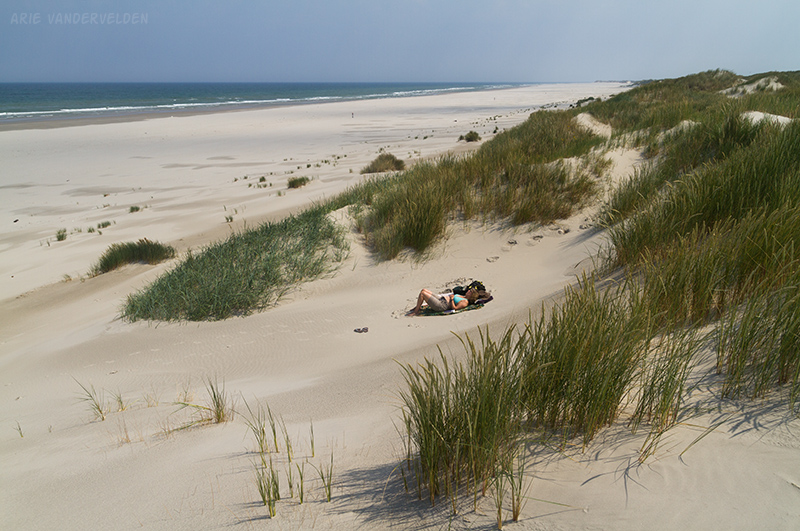
When we lived in the Netherlands, Terschelling served us well as a place to escape the crowds. Even in the summertime, when the campgrounds were jam-packed, there was still solitude to be found here. In the wintertime, when you’re several miles from the nearest beach access in a howling gale, Terschelling takes on a wild and desolate character, unlike other part of the Netherlands which are much more manicured and sedate.

As mentioned, the north side of the island has a wide beach facing the North Sea. Behind the beach is an area of extensive dunes, and there are some very nice bike paths through the dunes and along the edge of the dunes. In some parts the dunes are covered by bunch-grasses, and in other parts they are covered by coniferous forests. To the south of the dunes is some low-lying farmland, mostly pastures grazed by dairy cows and sheep. This farmland is protected by a dike that runs along the south side of the island. The dike faces the Waddenzee, an intertidal area where extensive sandbars and mudflats are exposed at low tide.
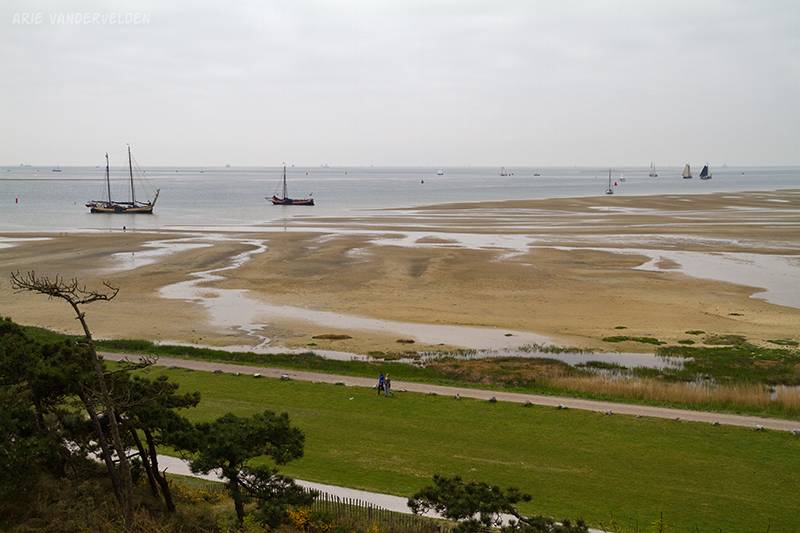
The eastern point of the island is entirely undeveloped, and one of the few bits of true wilderness to be found in the Netherlands. This is an area of salt marshes, an environment that is rare elsewhere in the Netherlands due to diking and reclaiming of the land. It’s an important bird-breeding area, and access here is seasonally restricted.
The ferry deposits its passengers in West Terschelling, the island’s largest town. There are some pretty streets in this town, and it’s worth wandering around here if you have some time to kill while waiting for your return ferry. Opposite the ferry terminal are several competing bike rental places. Pick a shop and rent a bike. A map is a good purchase as well. A loop around Terschelling is about 40 km, which is perfect for a full day of cycling, with time for a few stops.
From the harbour, head to the southwest (to the right when facing out to sea). You’ll pick up a bike path that circles a tall dune. At a set of stairs, it’s worth parking your bike and climbing to the top of the dune.
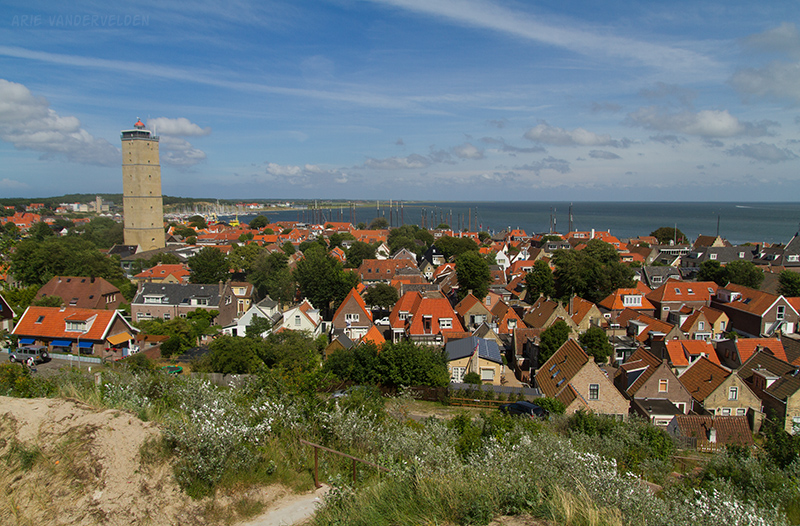
From the top there is a good view of West-Terschelling and its lighthouse Brandaris. It’s a working lighthouse that’s off-limits to tourists, so this is the best view you’ll get. In the other direction there are good views of the Waddenzee and the island of Vlieland.
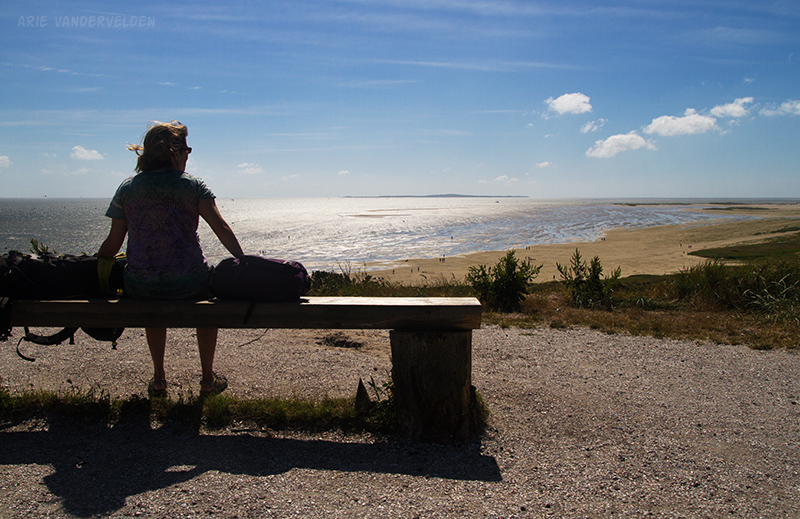
Past the tall dune, the bikepath enters a forest. Follow the main path by turning right and then left again. The trail emerges from the forest shortly before the village of West Aan Zee. There is a good beach access point here with a large bike parking lot. The bike trail goes past some holiday houses set in grassy dunes. Past the cottages there are some ponds, which offer good birdwatching. Soon you’ll be at the next village, called Midsland Aan Zee. About 1 km east of Midsland Aan Zee is a beach access point that leads to beach pavillion Zandzeebar.

Zandzeebar has a Moroccan-inspired decor and it’s a good place to chill out. It’s a laid-back place with great food, fantastic views of the beach and sea, and they play good music here. Past Zandzeebar the biketrail heads into the dunes.
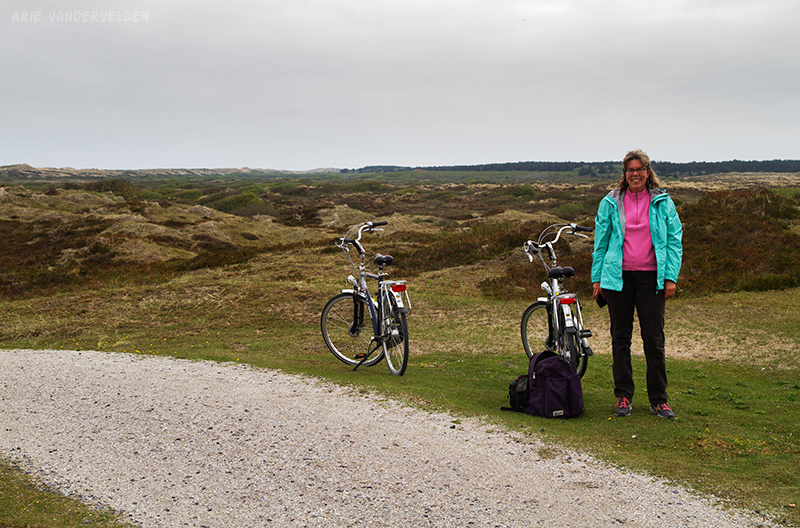
At a big black barn, turn left onto a dirt road. This road leads towards the village of Hoorn, which has a prominent church tower. On your left are dunes, and on your right are campgrounds, and vacation cottages. At a snack-shack (deep-fried foods and icecream for sale) turn left on a road that climbs a steep dune. Cycle through the forest and turn right just before you get to the beach. This path emerges from the forest and goes through a very pretty section of dunes. Eventually it meets a paved road. Turn left, and follow the road to a beach access and beach pavillion “Heartbreak Hotel”.

Heartbreak Hotel is an Elvis-themed bar, stuffed full of memorabilia and antiques. It’s a nice place to have a beer and to stare at the sea. Their burgers are so-so. Past Heartbreak Hotel you can cycle another 2 km to the east. This trail goes through some pretty pasure where lapwings can often be spotted. Lapwings are ground-nesting birds with a prominent crest on their heads.
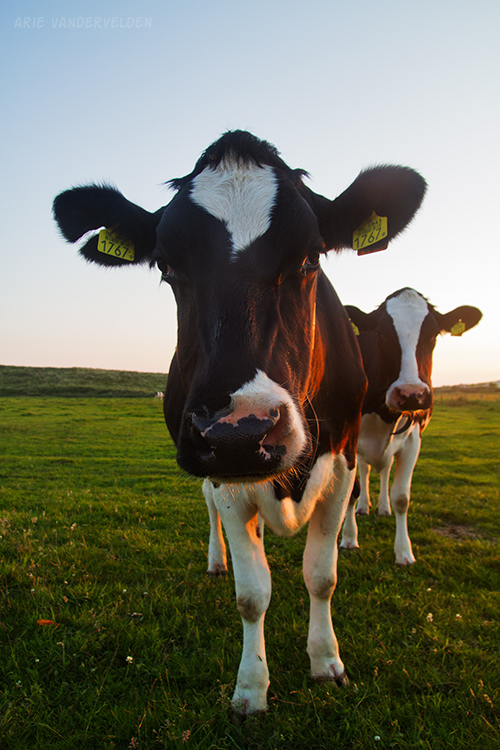
About 1 km east of the Heartbreak Hotel there are remains of a WW2 German bunker. Pieces of concrete litter the dunes.
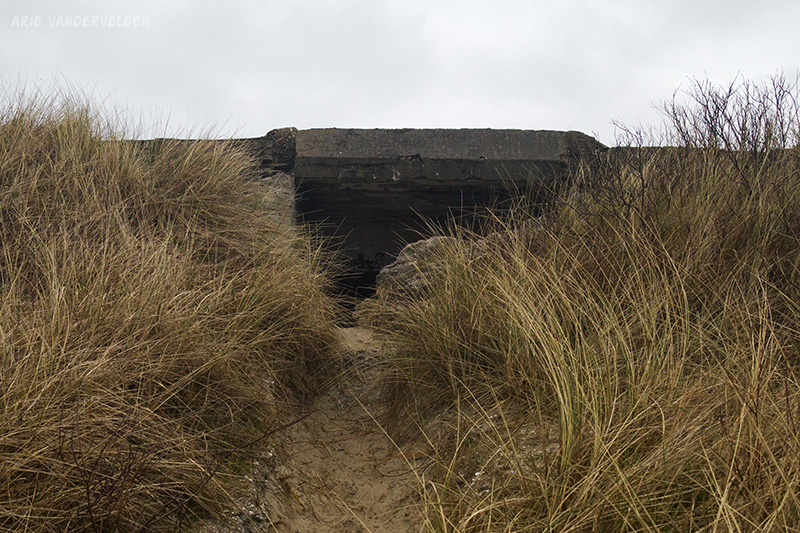
Beyond the bunker the bikepath comes to an end. To go further to the east you must park your bike and continue on foot.

On a sunny day it’s nice to find a spot to read a book. The trick is to find a spot that’s protected from the wind. Sometimes a pocket in the dunes does the trick.
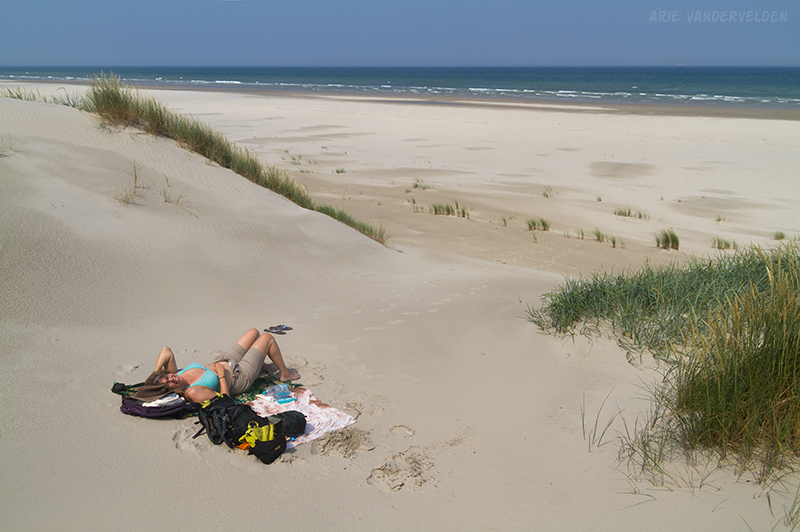
On hot days it’s tempting to go swimming. However, most times we’ve been there the beaches have been littered with jellyfish, including lion’s mane, which packs a nasty sting. Compass jellyfish, blue jellyfish, and a host of other species are common. Other days the water quality can be poor. It all depends which way the wind is blowing. Some days you get lucky, though.

Most of all, it’s nice to walk along the beach. Clam shells and razor-clam shells are common. So common, in fact, that crushed shells are a popular paving material for pathways in the Netherlands. The clam shells make great souvenirs, but the razor clams break very easily.

Razorclam shells look like overgrown fingernails. It’s too bad the Dutch don’t eat razorclams because they are delicious. I’ve had them in Spain and in Oregon.
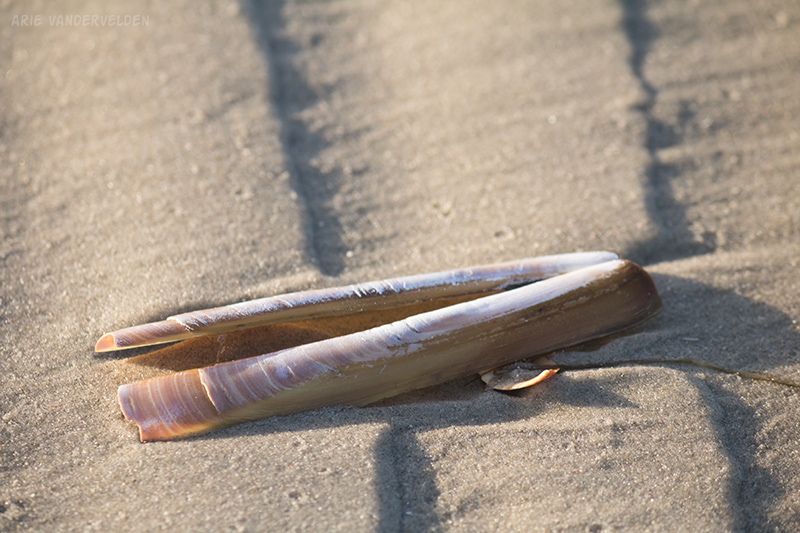
At the water’s edge, seagulls, oystercatchers, and plovers are common. Gulls like to peck at washed-up crabs and other dead things.

Plovers run along the surf, moving back-and-forth with the incoming and outgoing waves. It’s fun to watch them run on their tiny little legs.
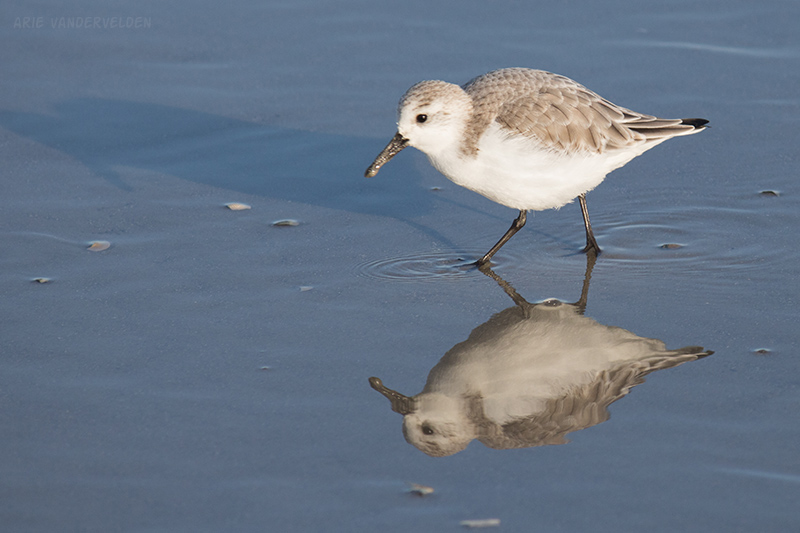
When resting on cold days, they will draw up one leg at a time into their feathers.

The oystercatchers are quite skittish. They will fly up when you approach, and protest with a loud peep-peep-peep sound.
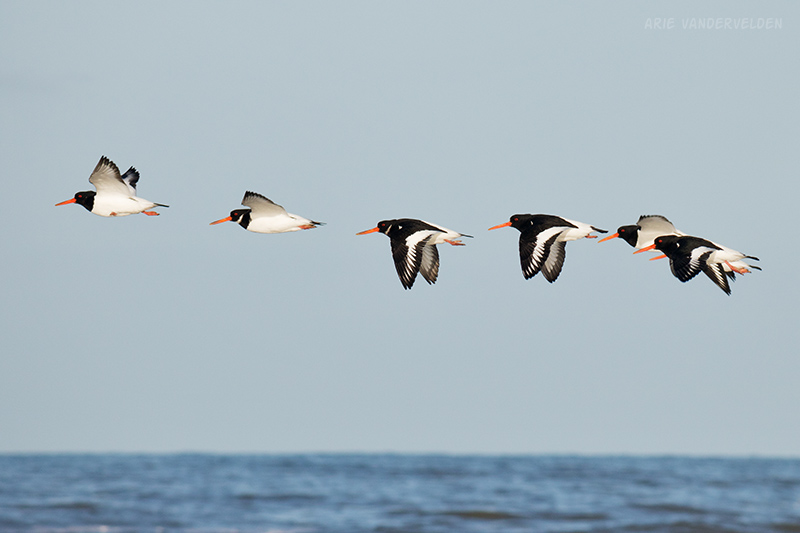
We’ve never quite made it all the way to the northeastern tip of the island, but we’ve gotten close. While I describe a hike on the northeast side of the island, in reality you can start walking from any beach access point. It’s all good. The southwestern tip of Terschelling makes a nice destination as well.
Terschelling’s beach provides great sunset views, when the weather is right.
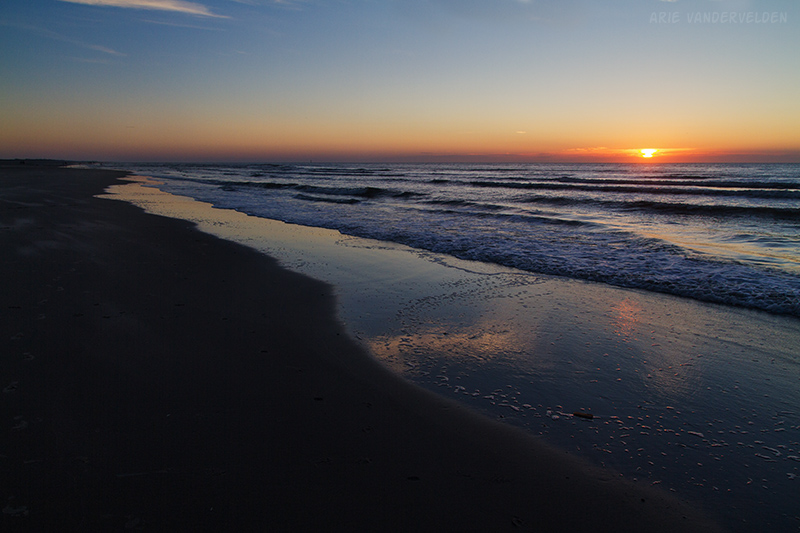
Terschelling’s beach pavillions are a great spot to catch the sunset, or you can simply walk out onto the beach.
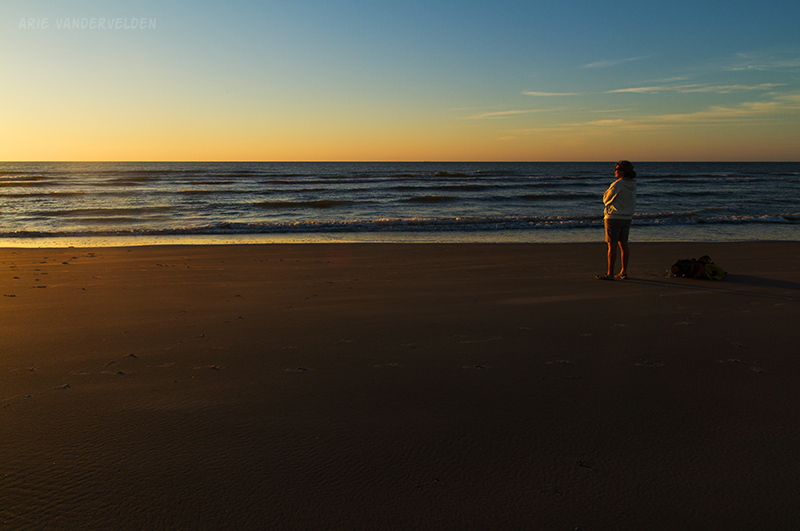
To return from the easternmost beach access, follow the bikepath to the village of Oosterend. From here you can follow the southern dike, or you can bike along the main road (quickest route). Or, you can simply return the way you came, through the dunes.
Logistics
It takes a bit of effort to get to Terschelling. By train, you must travel to Leeuwarden, the capital of Friesland, and from there you can catch a local train to the port of Harlingen (end of the line). Harlingen is a beautiful city. It has graceful canals lined with golden-age (17th century) houses, and its harbour is very pretty as well. It’s really worth spending some time here, perhaps even an overnight visit.

From Harlingen it’s 2 hours on the car ferry (slow boat) or 45 minutes on the fast ferry (passengers on foot only) to Terschelling. The car ferry has a rooftop deck that offers a chance to get outside. In reality, it’s often very windy on the deck. The fast boat only has indoor airplane-like seating. Schedules can be found on ferry operator Doeksen’s website. You should book in advance if you plan to visit on a weekend or long weekend.
It’s fairly pointless to take a car to Terschelling. First of all it’s very expensive, and secondly there is only one main road on Terschelling. This road connects all of the villages and is served by a bus. The best way to get around is by bicycle. There are several rental places near the ferry terminal and some hotels also rent bikes.

We liked staying at a place called Tjermelan, in between the villages of Hoorn and Oosterend. They have apartments for rent, and an excellent breakfast is included. Heartbreak Hotel and the beach is just a short bikeride away. Recommended.
On arrival, you can take a bus to Tjermelan. Buses meet each ferry arrival, and they depart from the square in front of the ferry terminal. Look for the bus that says “Oosterend”. The fare is a few Euro, payable to the driver. Tjermelan has its own bus stop even though it’s a small place. Tjermelan is affiliated with Thijsknop, a bicycle rental outfit, and bikes are available on-site. On the last day you can drop off your bike at their shop in West-Terschelling, just a stone’s throw from the ferry terminal. Thijsknop also offers a luggage transfer. Your bags will be at their West-Terschelling shop before your ferry departure.
Near the ferry terminal are several fast-food trucks. You can get good fish and chips there. They also have battered and deep-fried mussels – yum.
